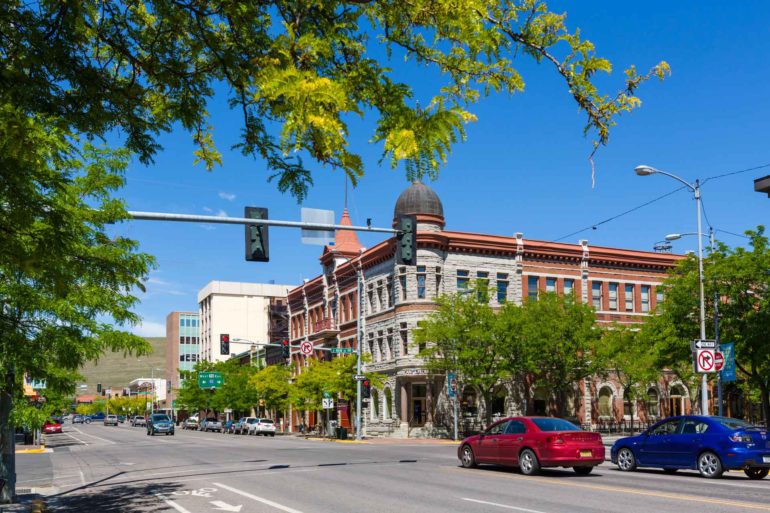Home prices in Missoula have been rising steadily since 2012, with very little sign of slowing. The median sale price of a Missoula home in 2019 was around $315,000. The first few months of data for 2020 shows the median sale price rising to over $340,000, making it harder for residents to find affordable living situations. While home prices have been growing across the board in Missoula County, they have been rising fastest among entry-level homes. This has made affordability particularly challenging for new prospective homeowners, which has resulted in the past eight years being categorized as a seller’s market for entry-level homes.
While there are many factors that can influence a local housing market, there are a few ingredients that make a particularly good recipe for a seller’s market. Some of these ingredients are demand-side factors, such as rising employment and income levels, regional population growth resulting from positive net-migration, easing credit requirements, and other government incentive programs that serve to increase competition among would-be buyers. Other ingredients for a seller’s market are supply-side factors, such as low inventories and barriers to new construction. Missoula has seen a combination of all of these market elements.
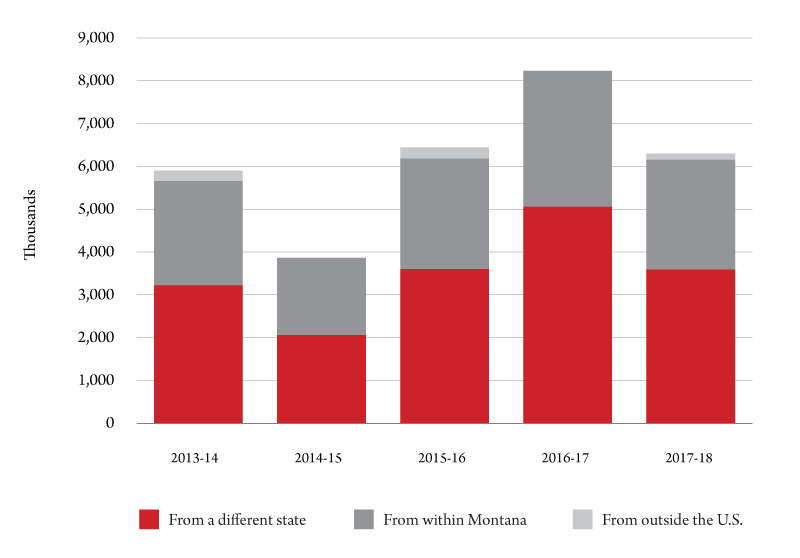
On the demand-side we have seen rising incomes and employment levels through 2019. Since 2010, the population of Missoula County has grown from approximately 107,000 to an estimated 116,000 in 2018 – an increase of roughly 8 percent. When looking at in-migration since 2013, over half of those moving into the county have come from another state, and those moving into the county earn higher incomes on average than those moving away. More people with higher incomes in the same location creates competition among buyers and this drives up price levels and reduces affordability.
One indicator of a supply-side constraint is an aggregate aging of housing units. This is currently the case in Missoula County, but it wasn’t always this way.
Figure 2 shows that in 1960 almost 30 percent of housing units in Missoula County were less than 10 years old, 17 percent of housing units in the county were between 10-20 years old, and roughly 40 percent of units were more than 30 years old. The 1970s were a record-setting year for home building in the county, with over 10,000 housing units added between 1970-79. This resulted in a flipping of proportions. By 1980, almost 40 percent of housing units were less than 10 years old, while structures that were more than 30 years old declined to slightly below 30 percent of available units.
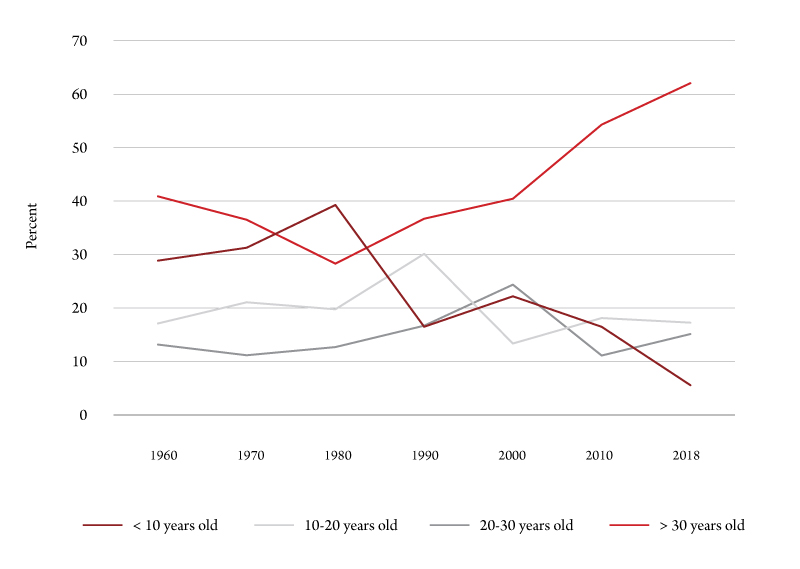
Since then older structures have continuously increased in proportion. The most recent data estimates that structures that are older than 30 years make up approximately 62 percent of housing units in Missoula County, while units less than 10 years old now account for about 5 percent of structures.
Missoula’s aging housing base has been exacerbated by sluggish building since 2010. Moreover, estimates show that a large majority of the relatively few homes being built since 2010 are homes targeted for upgrading home buyers. Figure 3 shows the breakdown of new construction by market segment since 2012. It is estimated that less than 30 percent of new construction in Missoula County since 2012 have been entry-level structures. Meanwhile over 60 percent of new construction has contributed to the inventory of higher end move-up housing units.
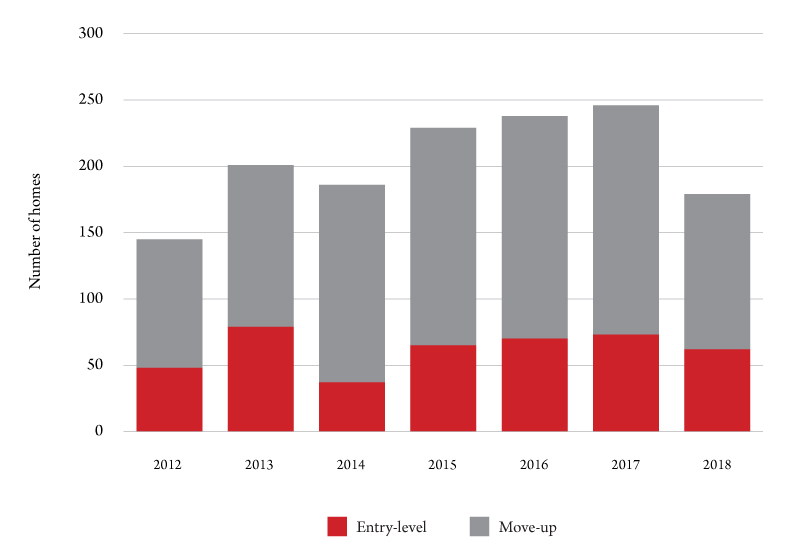
Putting this all together, we have witnessed positive net-migration with increasing employment levels and incomes, an aging housing base, and continuously declining new construction, which is aimed mostly at upgrading homes. These ingredients have worsened affordability in Missoula County. As previously mentioned, those households impacted the most are first-time homebuyers and renters.
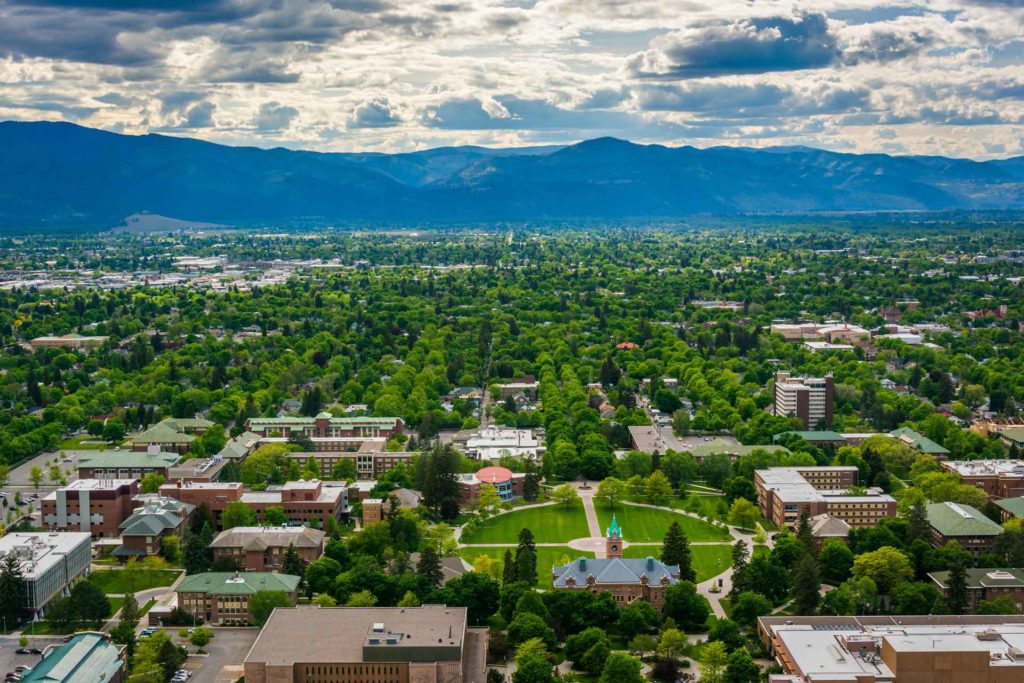
Figure 4 illustrates this phenomenon. We see that when the housing market crashed in 2008, both high- and low-tier homes were impacted downward together and since 2012 both have been recovering. However, we can see that low price-tier homes have been increasing in price at a faster rate than high price-tier homes. This has resulted in a premium for entry-level homes, meaning a household in the market for an entry-level home in Missoula County will pay roughly $23k more than if low and high price-tier homes had been appreciating at the same rate. This is a phenomenon seen in all of the major housing markets in Montana.
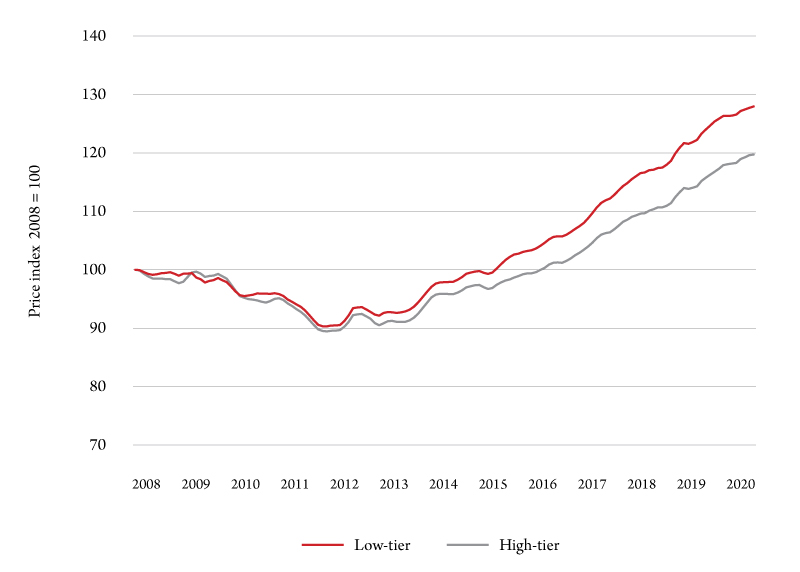
Figure 5 shows how these market forces have impacted the rental market. While rents have been rising across the board in Montana, rents in Missoula County continue to be higher than state averages.
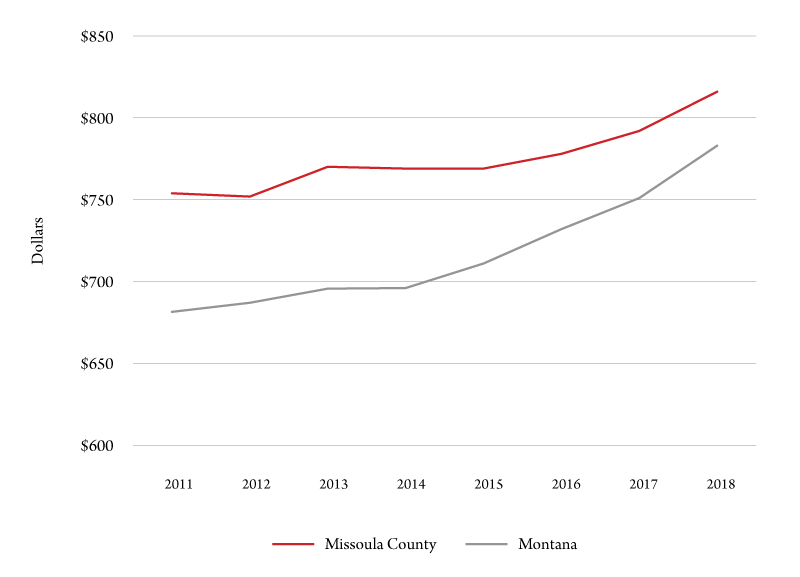
Affordability will remain an issue in Missoula County and this poses a problem not only for first-time home buyers and renters, but also for employers looking to fill low-to-medium wage jobs.
With the cost of living increasing faster than people’s incomes, many are looking for alternatives. As mentioned before, Missoula County has had a positive net-migration over the past several decades. However, since 2011 people have been leaving Missoula County for more affordable counties in close proximity at a faster rate than people moving in. Counties such as Ravalli, Lewis and Clark, Flathead and even Gallatin have been attracting positive net-migration away from Missoula County for all of the last seven years of data.
As long as Missoula remains a relatively unaffordable place for average-earning households, this trend is likely to remain in place.


